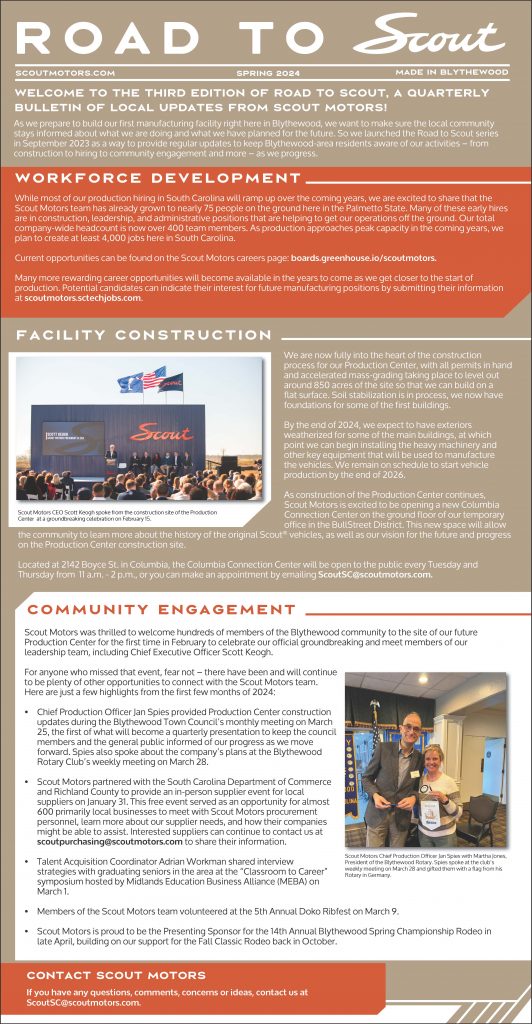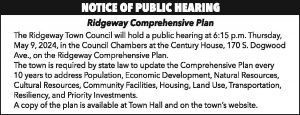Fairfield Memorial Hospital hopes you agree that regular exercise and physical activity are important and that you’re ready to take action! This third article is all about getting organized. It offers tips for setting short- and long-term goals, choosing activities and fitting them into your daily life and managing some of the practical things.
Setting Your Goals.
Many people find that having a firm goal in mind motivates them to move ahead on a project. Goals are most useful when they are specific, realistic and important to you. Consider both short- and long-term goals. Your success depends on setting goals that really matter to you. Write down your goals, put them where you can see them and review them regularly.
Short-Term Goals
will help you make physical activity a regular part of your daily life. For these goals, think about the things you will need to get or do in order to be physically active. For example, you may need to buy walking shoes or fill out an activity log so you can figure out how to fit physical activity into your busy day. Make sure your short-term goals will really help you be active. Here are a few examples of short-term goals:
• Today, I will decide to be more active.
• Tomorrow, I will find out about exercise classes in my area. Suggestion: call your local county recreation department and ask what exercises classes are available for seniors. Then sign up for a class!
• By the end of this week, I will talk with my friend about exercising with me a couple of times a week. The ‘buddy” system works so well when you are exercising! You can check up on each other!
• In the next two weeks, I will make sure I have the shoes and comfortable clothes I need to start walking. Remember the Boy Scout motto: “Be prepared”!
SOME QUICK TIPS:
• Try something new: If you baby-sit for your grandchildren, how about taking a walk with them instead of playing video games?
• Rethink your priorities: How important is an entire afternoon of TV? How about a walk after lunch instead?
• Work harder at the things you already do: Rake the leaves instead of using the blower. This way you are doing aerobics!
If you are already active, think of short-term goals to increase your level of physical activity. For example, over the next week or two, you may want to move gradually from walking to jogging, increase the amount of weight you lift, or try a new kind of physical activity. No matter what your starting point, reaching your short-term goals will make you feel good and give you confidence to progress toward your long-term goals.
After you write down your short-term goals, you can go on to identify your Long-Term Goals. Focus on where you want to be in six months, a year or two years from now. Writing these down are quite helpful! Long-term goals also should be realistic, personal and important to you. Here are a few examples:
• By this time next year, I will swim a mile three times a week.
• Next summer, I will be able to play ball with my grandchildren.
• In six months, I will have my blood pressure under control by increasing my physical activity and following my doctor’s advice.
It is important for everyone to set goals! Goals allow you to be more productive and successful! You would never take a vacation without researching it, planning where to go, setting a budget so you will know much it will cost, when you can go, etc. So it is just as important to set goals for your exercise and physical activity! Remember this: “A ship never leaves port unless it has a destination!” You do not need to just let your days come and go! Plan your days so you will get much more out of them and also do something good for yourself plus you will enjoy better health.
Next week, we will discuss when to talk with your doctor about exercise and physical activity; building rewards into your plan when you reach your goals; and getting the right shoes. Have an active and healthy week!










